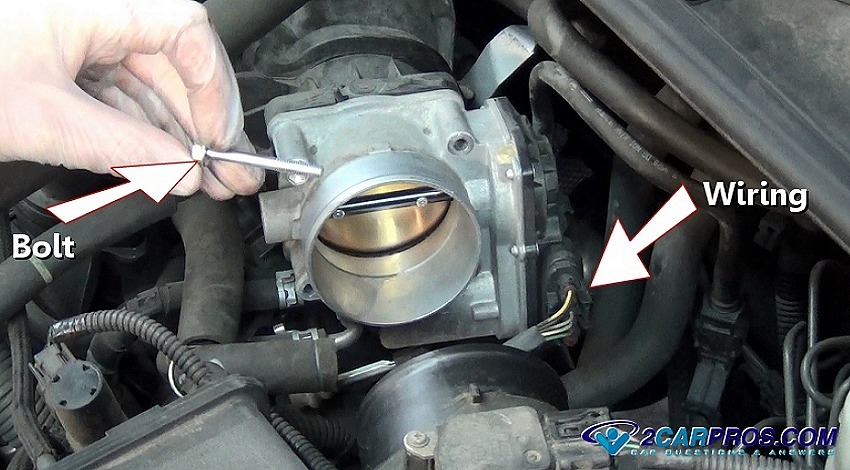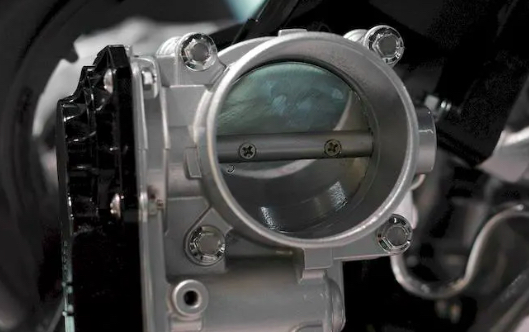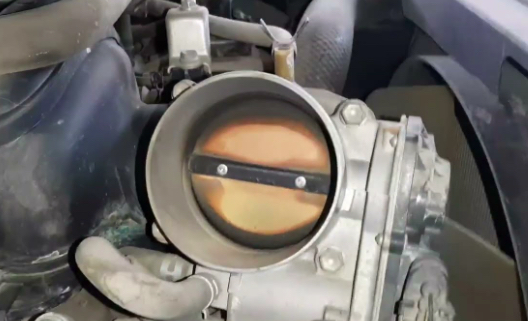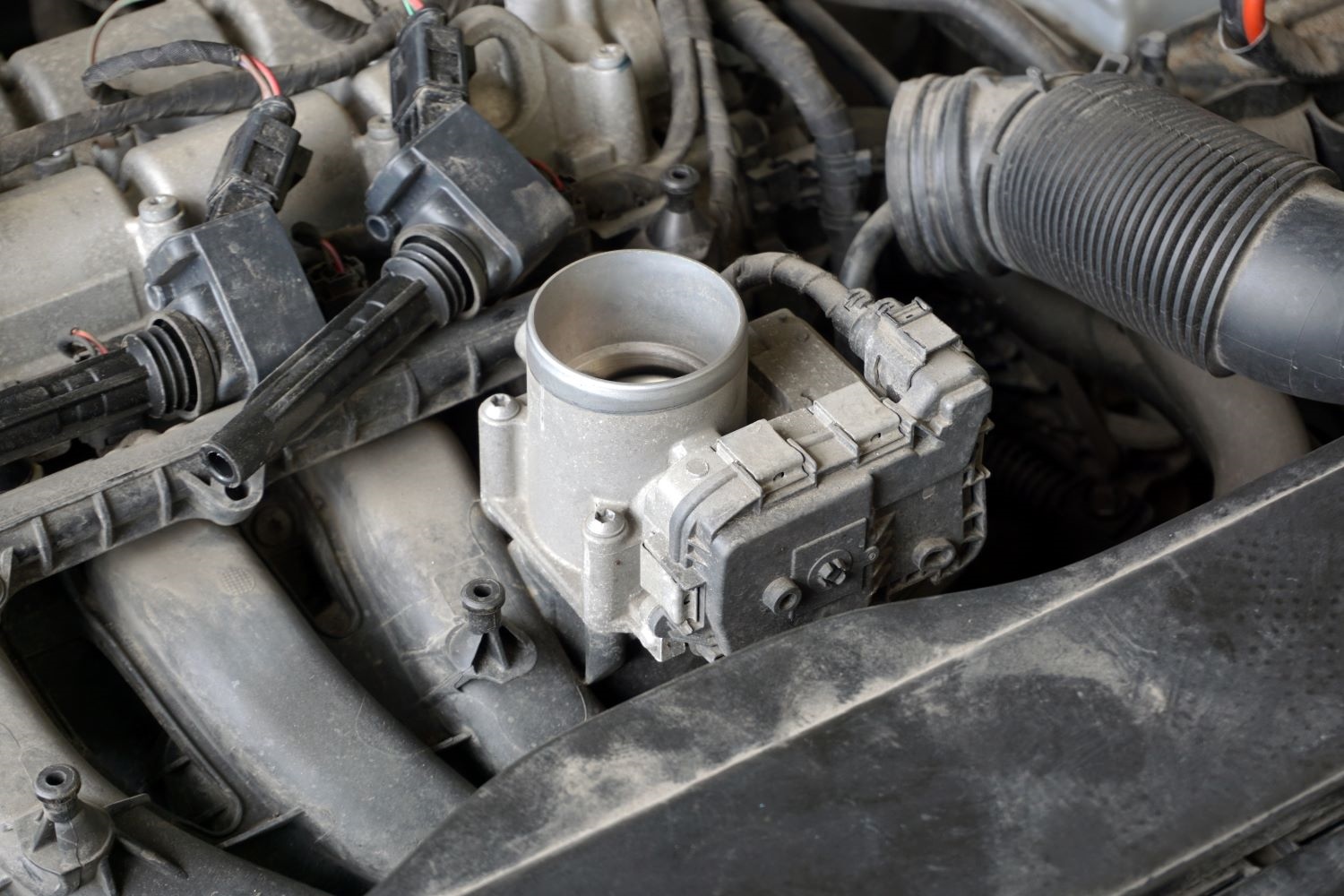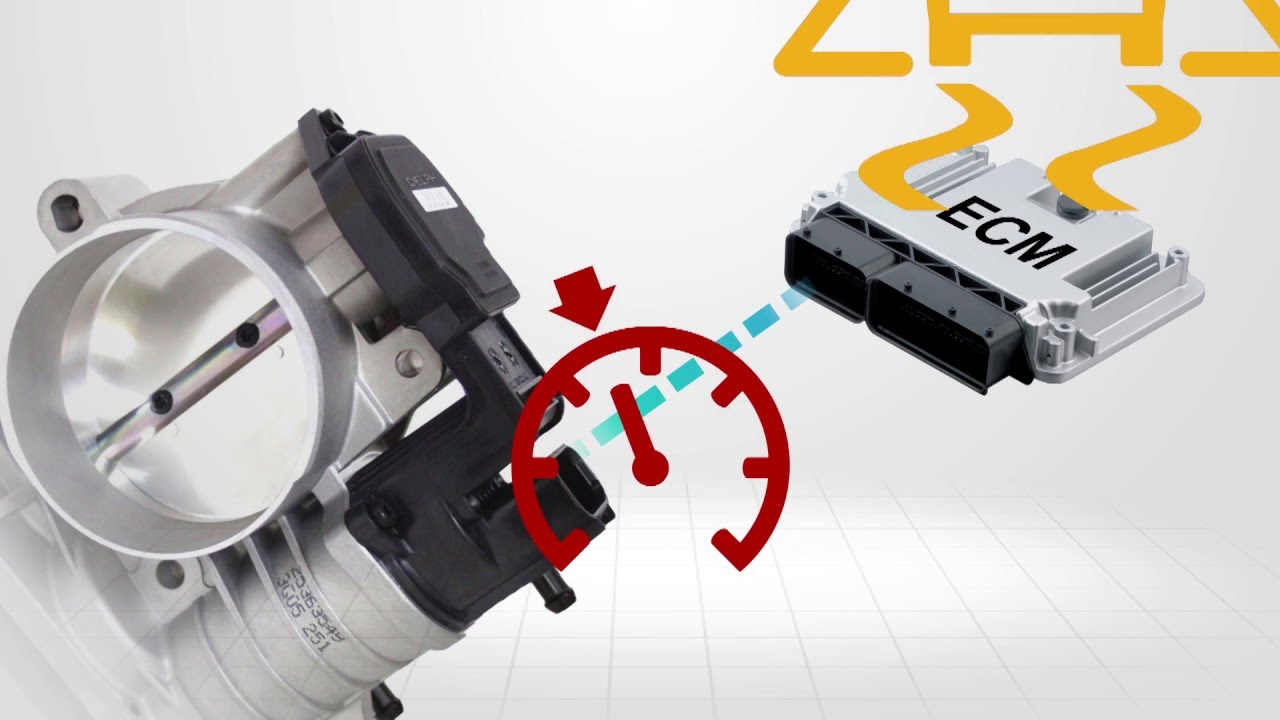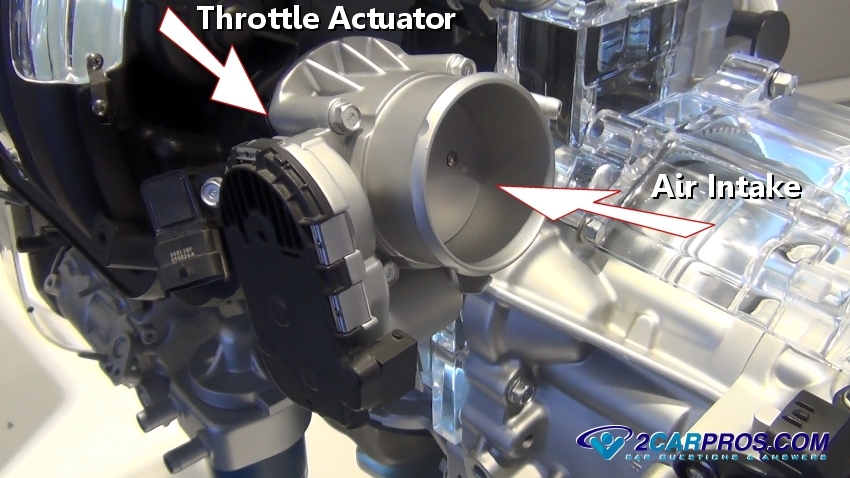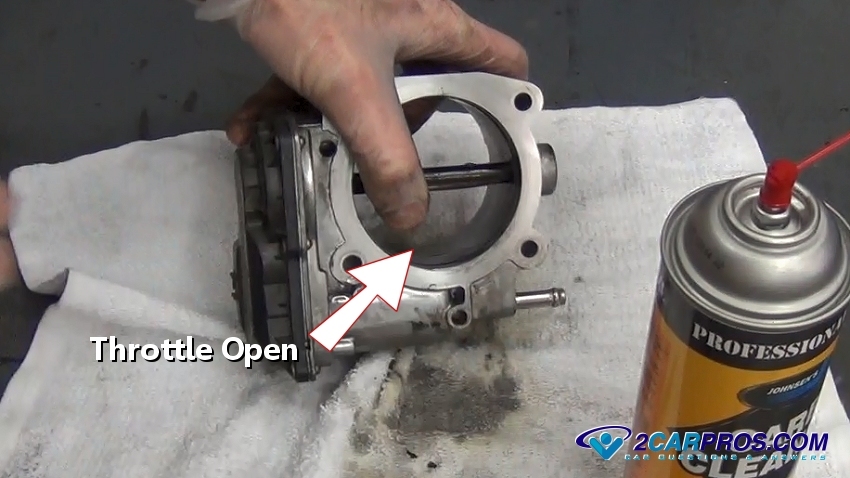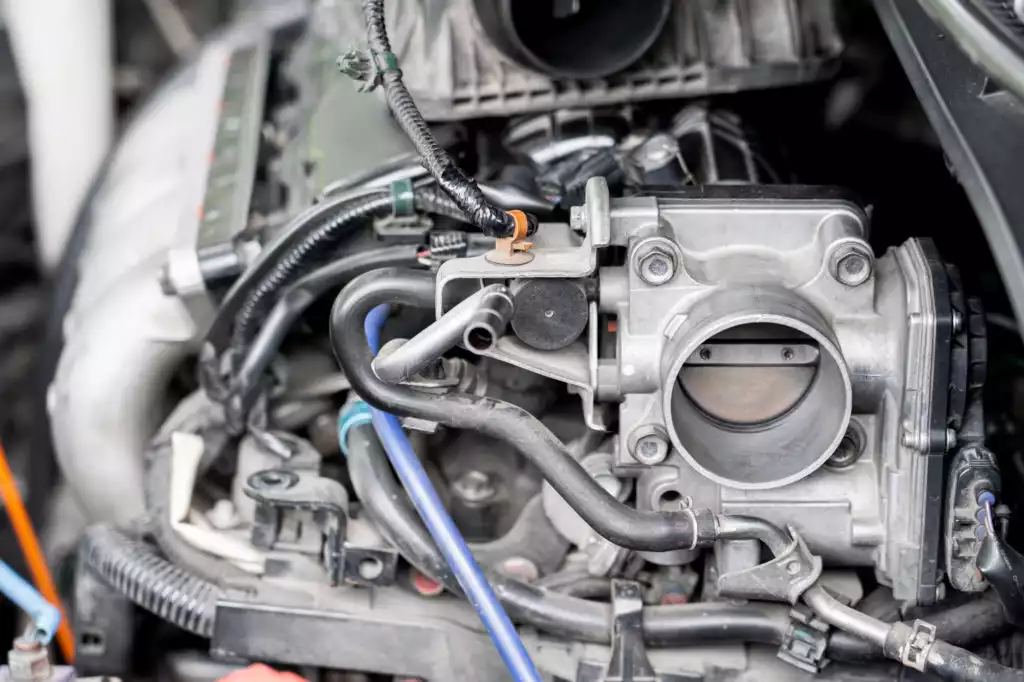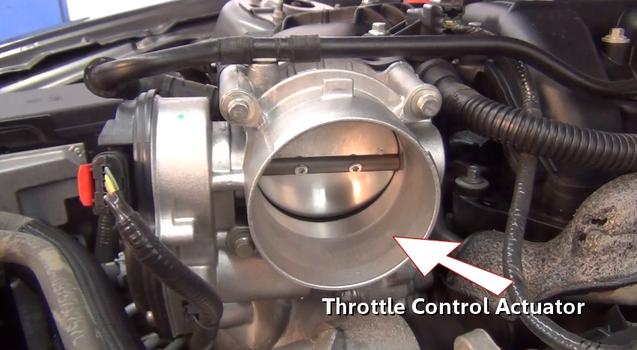How To Fix Throttle Actuator Control System

So, your car's throwing a hissy fit and the dreaded "Check Engine" light is glaring at you like a disapproving grandma? Don't panic! There's a chance the culprit might be the Throttle Actuator Control System. Now, that sounds intimidating, right? But fear not, brave driver! Let's see if we can wrangle this mechanical beast without needing a Ph.D. in auto-wizardry.
First Things First: The Obvious Stuff
Alright, let's start with the automotive equivalent of "Is it plugged in?" Check your gas cap. Seriously! A loose gas cap can sometimes trigger a cascade of error codes, making your car believe the sky is falling when it’s just a little vapor escaping.
Next, give your car a good once-over. Look for any obvious things like disconnected hoses near the throttle body. It's like looking for that rogue sock that vanished in the dryer - sometimes, it's just sitting right there in plain sight!
Lastly, check the battery. A weak battery can cause all sorts of electrical gremlins. It's like trying to run your TV on a AA battery – it just won't work right!
Time to Get a Little More Serious
If the obvious stuff didn't work, it’s time to get your hands a little dirty. We’re talking about the throttle body. Think of it as the gatekeeper of air flowing into your engine. Over time, it can get gunked up with all sorts of nasty deposits.
Grab some throttle body cleaner (you can find this at any auto parts store) and a clean rag. With the engine off (please!), spray the cleaner onto the rag and wipe down the throttle plate and the inside of the throttle body. You'd be surprised what comes off!
This process, essentially, is cleaning the throttle body. It's like giving your car a deep-cleaning facial!
The Electrical Side of Things
Now, let's delve into the electrical side of this Throttle Actuator Control System adventure. We're talking about sensors and connectors. Think of them as the car's nervous system - they send signals all over the place.
First, locate the throttle position sensor (TPS). It's usually attached to the throttle body. Unplug the connector and plug it back in. Sometimes, connections just get a little loose or corroded over time.
Give the connector a shot of electrical contact cleaner (another gem from the auto parts store). This helps to remove any grime or corrosion that might be interfering with the signal. It's like giving your car's brain a little jolt of clarity!
When to Wave the White Flag (and Call a Pro)
Okay, you've checked the gas cap, cleaned the throttle body, and fiddled with the electrical connectors. If that pesky "Check Engine" light is still mocking you, it might be time to admit defeat. There are some things best left to the professionals.
Things like replacing the throttle actuator motor or diagnosing a faulty ECU (Engine Control Unit) are often best left to the pros. The ECU is like the car's brain, and tampering with it without the proper knowledge can be... well, let's just say expensive.
Sometimes the problem is deeply hidden. Maybe the throttle actuator itself is faulty or even worse there is a wire problem.
Don't be ashamed to call in the cavalry (a.k.a. a trusted mechanic). They have the tools, the knowledge, and the patience to tackle the trickiest of automotive ailments. Plus, they can probably figure out what's wrong while drinking a cup of coffee – which is a skill worth paying for!
So, there you have it! A (hopefully) fun and easy guide to troubleshooting your Throttle Actuator Control System. Remember, even if you can't fix it yourself, knowing the basics can save you time and money at the mechanic. And hey, you might even impress your friends with your newfound automotive knowledge. Now, go forth and conquer that "Check Engine" light!
